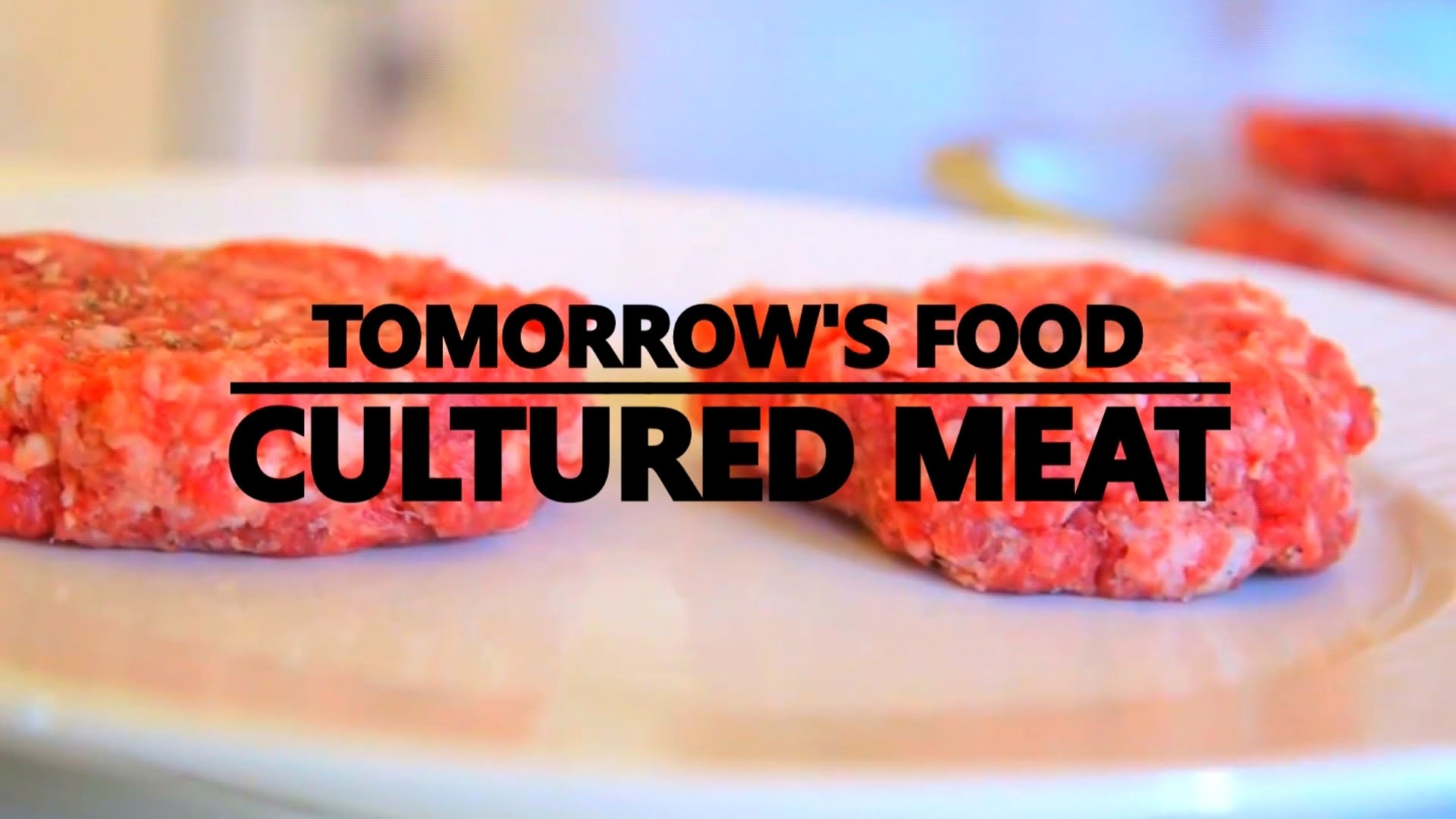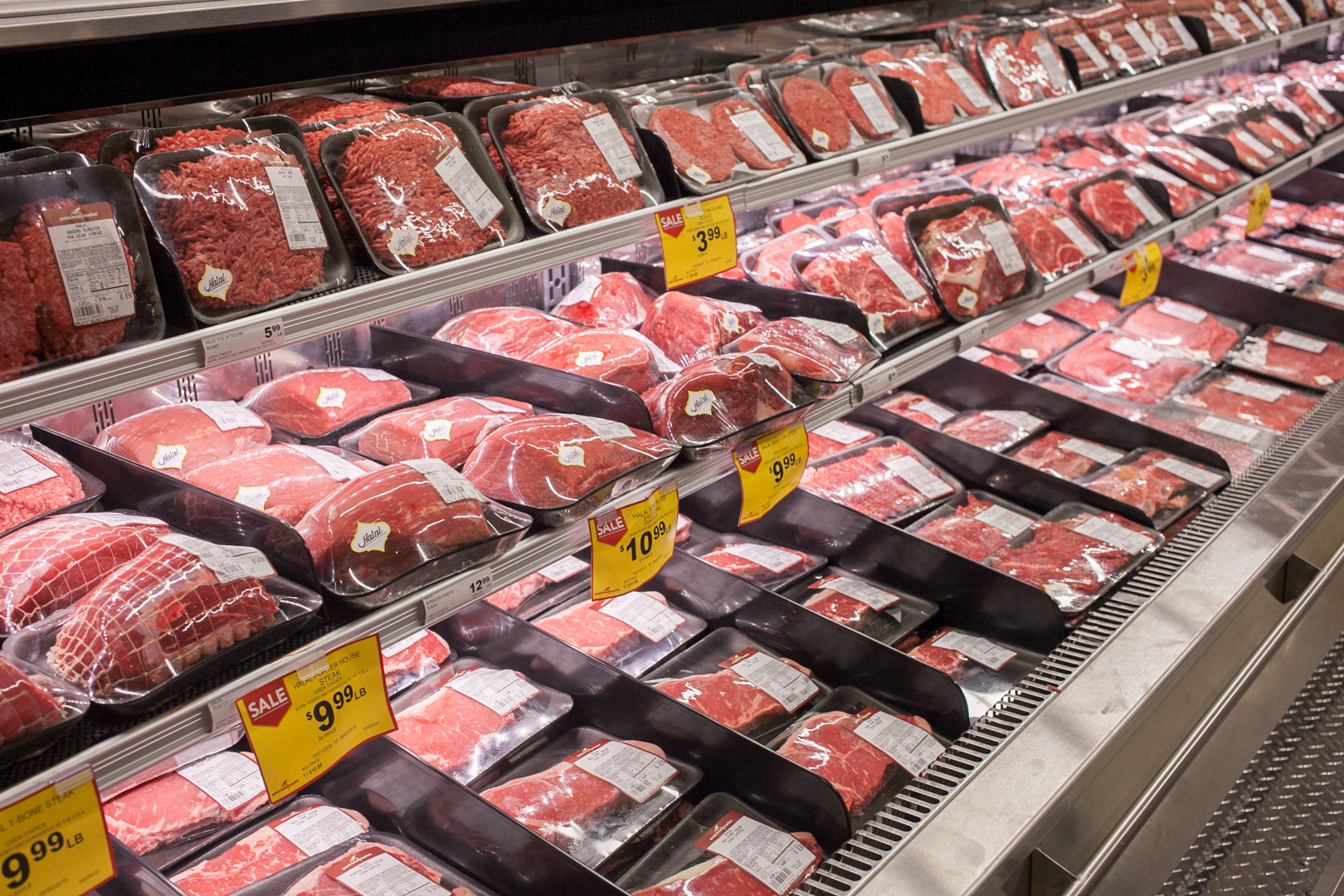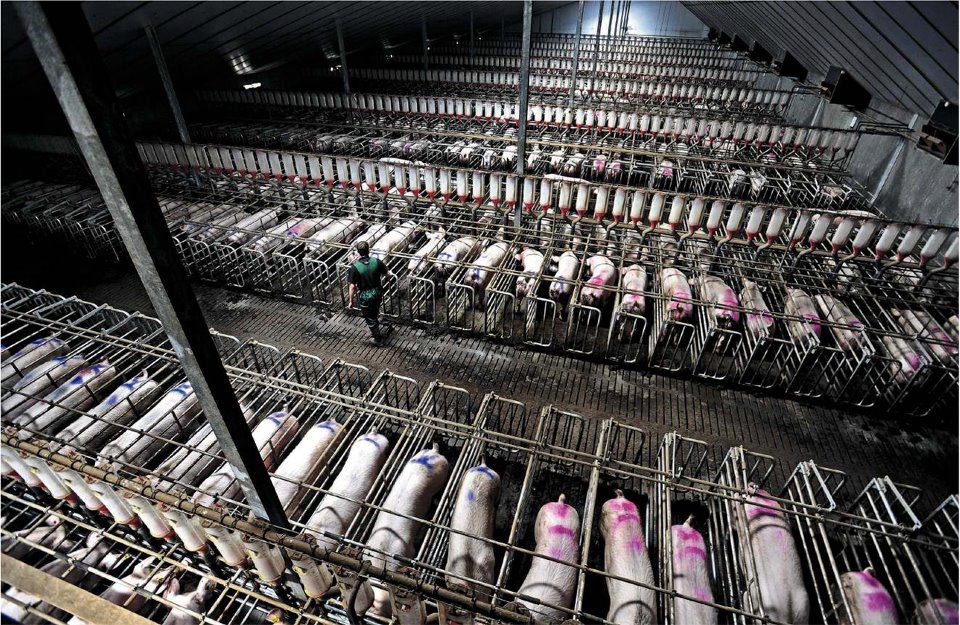
 Lab Grown Meat Is The Future
Lab Grown Meat Is The Future
Lab grown meats, also called in-vitro or ‘clean’ meats, are finally making possible a sustainable and cruelty-free alternative to traditional and industrial meat farming. What might have once been a sci-fi pipe dream for many animal rights and environmental advocates, lab meats are now becoming a reality.

While plant-based alternatives to meat have been available for years, most people continue to eat meat regularly and maintain arguments that meat is an essential, natural and traditional part of the human diet. It seems that meat will continue to be on most of our dinner tables for the foreseeable future, so these lab grown alternatives could provide a truly viable, sustainable and economical way to supply the meat market.
Lab meat is created by growing muscle tissue from starter cells taken from a single biopsy. These cells are then ‘encouraged’ to multiply by a growth medium. At the moment, this medium is usually bovine serum, a product similar to stem cells taken from unborn calves. As this poses an ethical dilemma to some people, a more affordable and cruelty-free plant-based alternative for this is being researched. The cells are then multiplied in a bioreactor which simulates environmental variations to ‘exercise’ the tissue and encourages growth.
This basic method has been explored by scientists since the 70’s, and has been used to create tissue for research and medical uses for years, but only now are we starting to see real growth in research for sustainable food products. Companies like Memphis Meats and Hampton Creek in the United States and SuperMeat, an Israeli startup which has recently negotiated a part in a $300,000,000 deal with China to supply lab meat, are pioneering the field. These companies are aiming to have cultured meat alternatives on supermarket shelves in the next three years, at a similar price point to traditionally and industrially farmed meats.

These lab grown products could create a truly sustainable animal meat market with the potential to massively reduce the resources used and the environmental damage done by meat production. Currently, half of the world's greenhouse gas emissions are a result of this industry, with scientists agreeing that cutting red meat consumption would make more of a positive impact than ditching your car.
Vast areas of land, including 90% of the deforested area of the Amazon rainforest, are being used to farm animals for food. With lab grown products as our primary meat source, land use for meat production could be reduced by 99%, water use by 82-96% and greenhouse gas emissions by around 80%, according to a study conducted by Oxford University (Tuomisto and Teixeria de Mattos 6117-6123). Energy use could also be reduced depending on the product and lab facilities could easily be supplied by sustainable energy.

It’s not just the environment that could benefit from ‘clean meat’ either. Meat consumption is only set to increase as the global population gets larger, so the less land used for meat production will be vital for housing the swelling population as well as reforesting damaged areas. Not only this, but large-scale lab meat production could make positive impacts on world hunger.
Climate scientists have been promoting reduced animal product intake for years to combat this problem. Basically, the more meat we eat, the fewer people we feed because the grain used to feed animals is much more efficiently used to feed humans. Replacing industrially farmed meat with lab meat could mean supplying the demand for meat for human consumption, while almost eliminating the huge amount of land and grain used, which industrial farming requires.
However, the most pressing concern for many vegans and veggies is the exploitive, cruel and inhumane fates that await animals bred for slaughter. The lab meat industry has the potential to be almost completely cruelty-free. With regards to the initial biopsy, there is a possibility that starter cells could be taken from previous batches, reducing exploitation to a few animals rather than billions. Potentially, the biopsied animal need not even feel the procedure, let alone die from it. There are, of course, continued issues with animal exploitation through the biopsy. Unfortunately, this type of product is certainly not vegetarian or vegan and still requires the exploitation of an animal at some level.

Lab meat is often called ‘clean meat’ and will certainly be much cleaner and healthier than traditional meat. Because it is engineered from scratch, the producers could specify exactly what is in the product, down to the specific proteins. This could mean that people with allergies to certain bacterias or proteins could guarantee the contents of their food and not risk an allergic reaction.
Meat slaughtered using current techniques is riddled with bacteria, and the animals in question are often pumped full of unnecessary antibiotics. This is proving to be a very big problem for world health, as strong and resistant strains of disease causing bacteria are being found more and more commonly in commercial products, and fears of a new epidemic like bird and swine flu grow more realistic by the day. These lab meat techniques could eliminate this problem, reducing the number of antibiotics and chemicals used in processing and keeping the food healthier and cleaner.

While there still seems to be a long way to go in scaling up production to the point where lab meat can rival current farmed meat in price and availability, some of the biggest players are promising to provide at least hybrid products with lab meat and plant protein in the next three years. The possibilities for land and resource conservation, as well as the huge reduction of cruelty to animals is truly inspiring. This is the future of food and it looks as though it’s just around the corner.
References:
Tuomisto, Hanna L and Teixeria de Mattos, M. Joost. “Environmental Impacts of Cultured Meat Production.” Environmental Science & Technology, Volume 45 (14) 2011, 6117-6123
